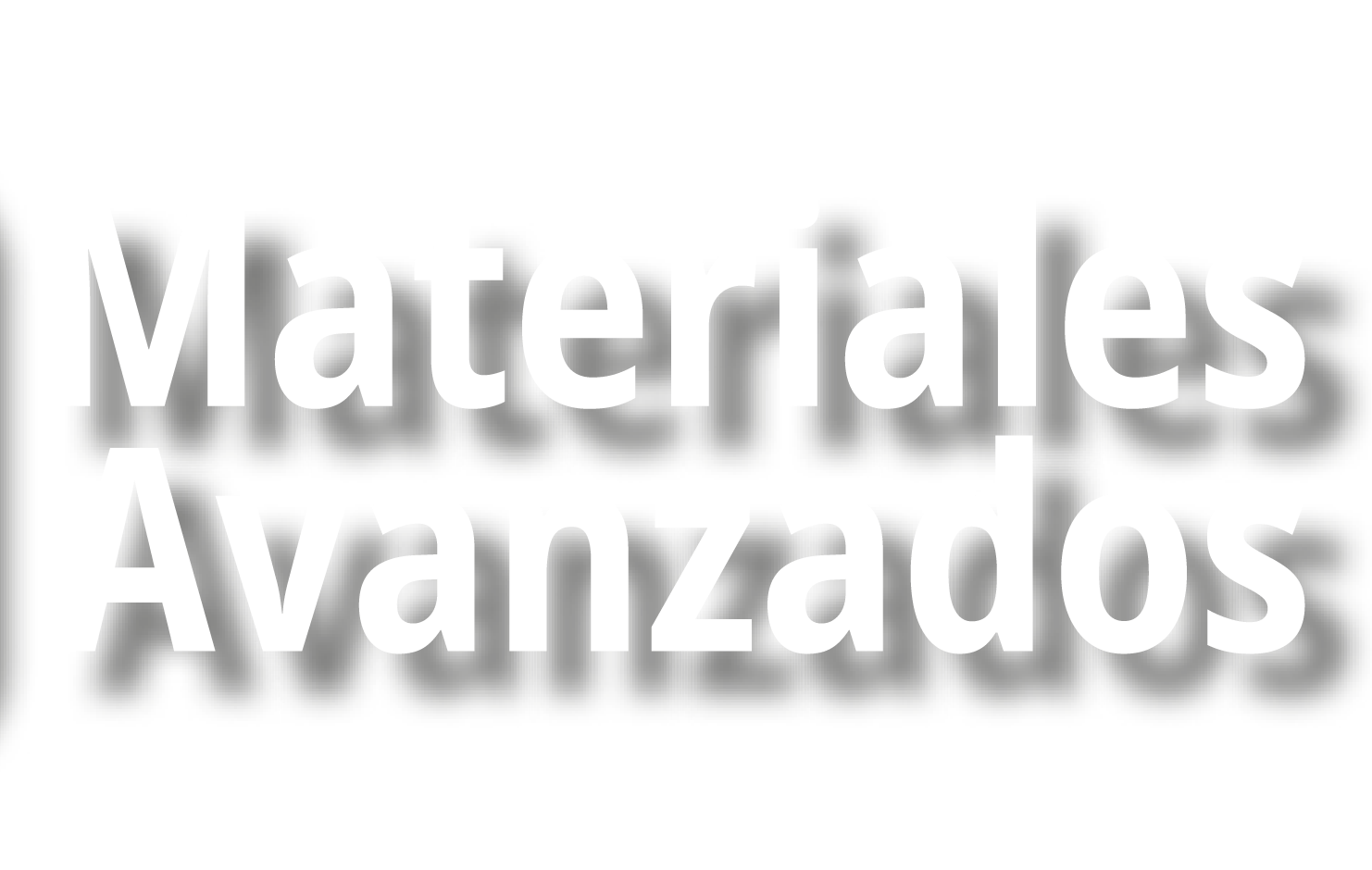Abstract
La ingeniería de tejidos busca desarrollar andamios funcionales que restauren o mantengan la función de tejidos y órganos dañados. Para ello, emplea biomateriales, células y moléculas bioactivas. Sus aplicaciones van más allá de la regeneración, abarcando la liberación de fármacos, biosensores y pruebas de toxicidad. Una estrategia clave es la descelularización y recelularización de órganos, así como el uso de materiales naturales o sintéticos que pueden ser combinados o modificados químicamente. Diversos métodos, como la liofilización y el electrohilado, permiten obtener andamios en distintas formas, destacando los hidrogeles por su versatilidad en ingeniería de tejidos.
References
O. Wichterle and D. Lim, Nature, 1960, 185, 117–118.
G. Mehta and V. Singh, Chemical Society Reviews, 2002, 31, 324–334.
S. Dadarwal, S. Madan and S. Agrawal, Acta Pharmaceutica, 2012, 62, 105–114.
Z. Grabarek and J. Gergely, Analytical Biochemistry, 1990, 185, 131–135.
Y.-J. Hwang, J. Granelli and J. Lyubovitsky, ACS Applied Materials & Interfaces, 2012, 4, 261–267.
J. P. Gosling, in Immunoassay, Elsevier, 1996, pp. 287–308.
Q. Zhang, X. Wang, Q. Mu, P. Liu, S. Jia, L. Chen, X. Zhang, K. Wang and Y. Wei, Materials Chemistry and Physics, 2015, 166, 133–143.
S. Salucci, S. Burattini, M. Battistelli, V. Baldassarri, M. Maltarello and E. Falcieri, International Journal of Molecular Sciences, 2012, 14, 532–546.
Z. Wang, X. Jin, R. Dai, J. F. Holzman and K. Kim, RSC Advances, 2016, 6, 21099–21104.
S. J. Bidarra, C. C. Barrias and P. L. Granja, Acta Biomaterialia, 2014, 10, 1646–1662.
E. Boanini, K. Rubini, S. Panzavolta and A. Bigi, Acta Biomaterialia, 2010, 6, 383–388.
P. P. Shah, H. B. Shah, K. K. Maniar and T. Özel, Procedia CIRP, 2020, 95, 143–148.
Y. Chen, Y. Zhou and C. Wang, Journal of Composites Science, 2022, 6, 227.
S. Sharifi, M. M. Islam, H. Sharifi, R. Islam, D. Koza, F. Reyes-Ortega, D. Alba-Molina, P. H. Nilsson, C. H. Dohlman, T. E. Mollnes, J. Chodosh and M. Gonzalez-Andrades, Bioactive Materials, 2021, 6, 3947–3961.
Q. Xing, K. Yates, C. Vogt, Z. Qian, M. C. Frost and F. Zhao, Scientific Reports, 2014, 4, 4706.
M. Sun, X. Sun, Z. Wang, S. Guo, G. Yu and H. Yang, Polymers, 2018, 10, 1290.
M. Di Giuseppe, N. Law, B. Webb, R. A. Macrae, L. J. Liew, T. B. Sercombe, R. J. Dilley and B. J. Doyle, Journal of the Mechanical Behavior of Biomedical Materials, 2018, 79, 150–157.
S. O. Sarrigiannidis, J. M. Rey, O. Dobre, C. González-García, M. J. Dalby and M. Salmeron-Sanchez, Materials Today Bio, 2021, 10, 100098.
M. Yang, S. He, Z. Su, Z. Yang, X. Liang and Y. Wu, ACS Omega, 2020, 5, 21015–21023.
M. Maher, V. Glattauer, C. Onofrillo, S. Duchi, Z. Yue, T. C. Hughes, J. A. M. Ramshaw and G. G. Wallace, Marine Drugs, 2022, 20, 366.
S. H. Park, J. Y. Seo, J. Y. Park, Y. B. Ji, K. Kim, H. S. Choi, S. Choi, J. H. Kim, B. H. Min and M. S. Kim, NPG Asia Materials, 2019, 11, 30.
C. M. Nimmo, S. C. Owen and M. S. Shoichet, Biomacromolecules, 2011, 12, 824–830.
T. B. Ngo, B. S. Spearman, N. Hlavac and C. E. Schmidt, ACS Biomaterials Science & Engineering, 2020, 6, 6819–6830.
Z. Zhao, X. Chen, A. M. Dowbaj, A. Sljukic, K. Bratlie, L. Lin, E. L. S. Fong, G. M. Balachander, Z. Chen, A. Soragni, M. Huch, Y. A. Zeng, Q. Wang and H. Yu, Nature Reviews Methods Primers, 2022, 2, 94.
M. Hofer and M. P. Lutolf, Nature Reviews Materials, 2021, 6, 402–420.

This work is licensed under a Creative Commons Attribution-NonCommercial-NoDerivatives 4.0 International License.
Copyright (c) 2024 Universidad Nacional Autónoma de México



